Precast concrete slabs are a versatile and efficient construction material, fabricated off-site and then transported to the construction site for installation. These slabs are made by casting concrete in a reusable mould and curing it in a controlled environment, ensuring consistent quality and strength. Precast concrete slabs offer numerous advantages, making them a popular choice for various construction applications.
Key Features:
- High Strength and Durability: Precast concrete slabs are engineered for strength and longevity. They are resistant to heavy loads, wear, and environmental factors, ensuring that structures built with them remain stable and durable over time.
- Precision and Quality Control: Manufactured in controlled environments, precast concrete slabs benefit from consistent quality and precision. This reduces the likelihood of errors and defects, leading to faster and more reliable construction.
- Time Efficiency: Since the slabs are precast off-site, they can be installed quickly upon delivery, significantly reducing construction time. This method allows for simultaneous site preparation and slab production, speeding up the overall project timeline.
- Versatility in Design: Precast concrete slabs can be customised to meet specific design requirements. Whether for floors, walls, or structural components, these slabs can be tailored to fit various architectural and engineering needs.
- Cost-Effective: By reducing on-site labour and construction time, precast concrete slabs can lower overall project costs. Their durability and low maintenance requirements also contribute to long-term cost savings.
Applications:
Precast concrete slabs are used in a wide range of construction projects, including:
- Residential Buildings: Ideal for flooring, roofing, and walls, precast concrete slabs provide a durable and efficient solution for residential construction. They are particularly beneficial in multi-story buildings, where structural integrity is crucial.
- Commercial and Industrial Buildings: In commercial and industrial settings, precast concrete slabs are used for floors, walls, and structural elements, offering strength, fire resistance, and speed of installation.
- Infrastructure Projects: Precast slabs are widely used in infrastructure projects, such as bridges, tunnels, and highways, where their durability and precision are critical for long-lasting performance.
- Parking Structures: The strength and durability of precast concrete slabs make them ideal for constructing parking decks and garages, where they can withstand heavy loads and frequent use.
- Modular Construction: Precast slabs are a key component in modular construction, where prefabricated elements are assembled on-site. This approach allows for rapid construction and consistent quality across multiple units.
Comparison with Other Construction Methods:
- Versus Cast-in-Place Concrete: Precast slabs offer significant time savings and higher quality control compared to cast-in-place concrete. While cast-in-place may allow for more flexibility in design changes, precast slabs provide a faster, more efficient construction process with less on-site disruption.
- Versus Steel Construction: While steel is strong and flexible, precast concrete slabs offer better fire resistance and sound insulation. Additionally, precast slabs can be more cost-effective for certain types of construction, particularly in large-scale projects.
- Versus Traditional Masonry: Precast concrete slabs are faster to install and more durable than traditional masonry. They also provide better insulation and structural performance, making them a superior choice for modern construction.
Environmental Considerations:
Precast concrete slabs contribute to sustainability through efficient use of materials and reduced waste. The controlled manufacturing process allows for precise material usage, minimising waste compared to traditional on-site construction methods. Additionally, the durability and longevity of precast slabs reduce the need for repairs and replacements, lowering the environmental impact over the life of the structure. However, the environmental footprint of concrete production, particularly in terms of carbon emissions, remains a consideration. Efforts to use recycled materials and more sustainable cement alternatives can help mitigate this impact.
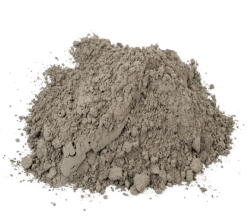
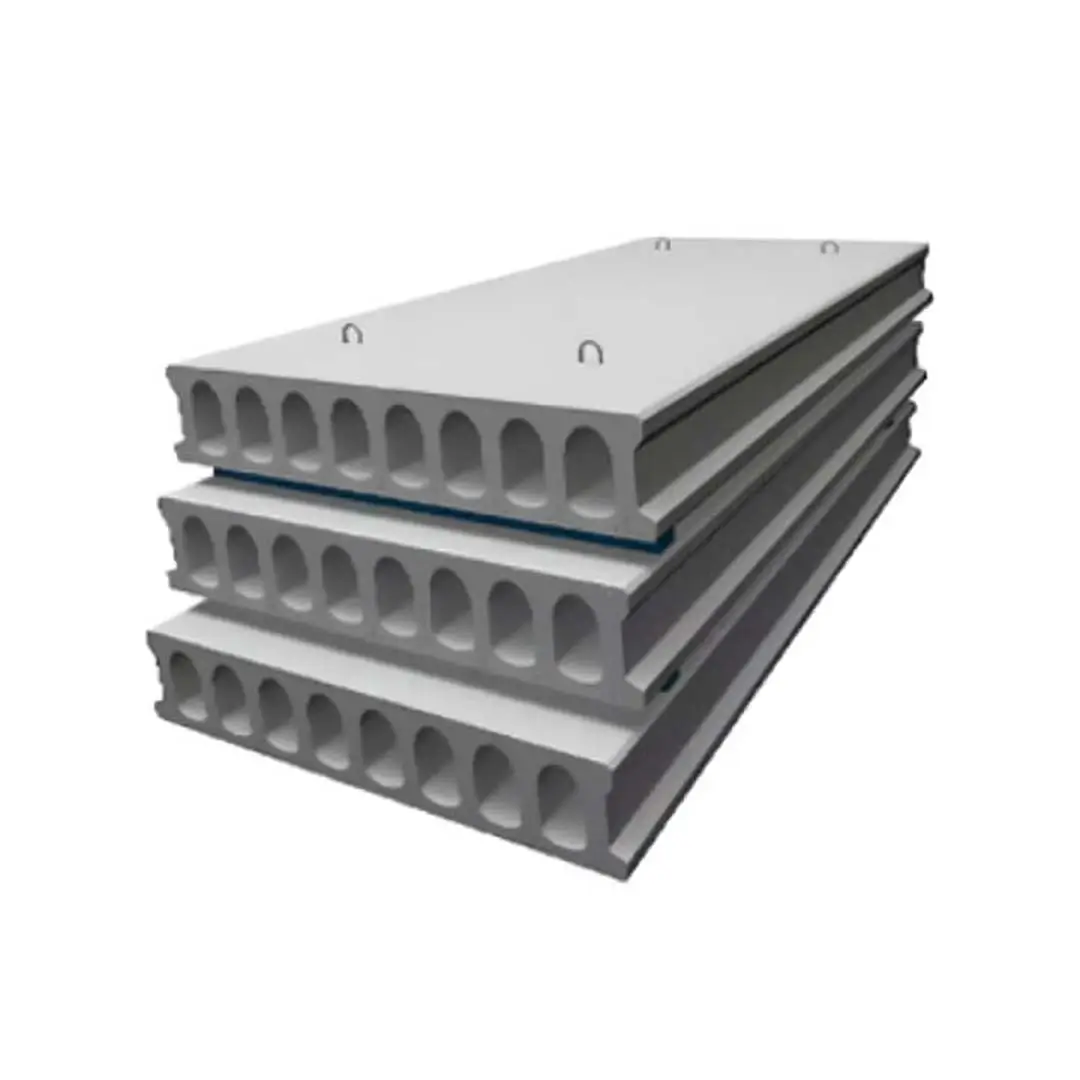
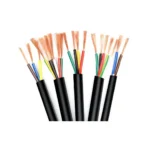

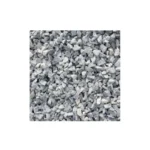
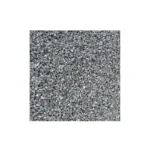





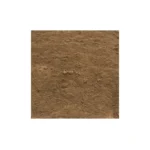

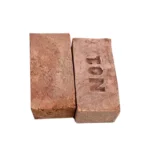
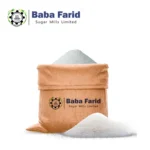

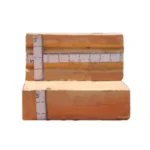


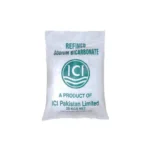


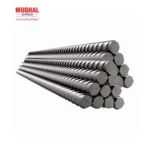


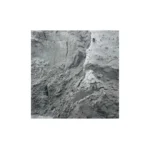



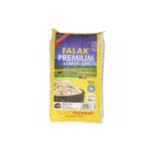
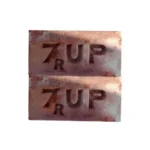





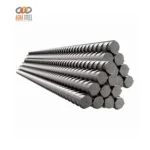
Reviews
There are no reviews yet.